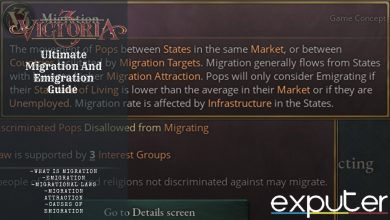Although war is not the main feature in Victoria 3 for leading your empire, it certainly plays a major role. Not only does it allow you to get more area and production, but it also affects many things on the micro level. Once you start a war in Victoria 3, many things are happening simultaneously. Therefore, before you get into it, you must know how to win a war in Victoria 3.
- Diplomatic plays in Victoria 3 can be a peaceful or confrontational approach to getting what you want with minimal resources spent.
- Diplomatic actions depend on relations, power, projection, ideology, and base reluctance without indicating hostility.
- Diplomatic games involve displaying strength to gain what you want and increase infamy.
- Options hinge on your nation’s circumstances, location, and interests.
- Lower-ranked nations face obstacles in diplomatic plays.
- War in Victoria 3 consists of preparation, opening moves, and hostilities.
- Opening moves reveal troop numbers and political maneuvers.
- Having multiple war goals complicates peace efforts and may appear hostile.
- Target’s war sentiment hints at pre-hostility reactions.
Understanding Diplomatic Actions & Plays
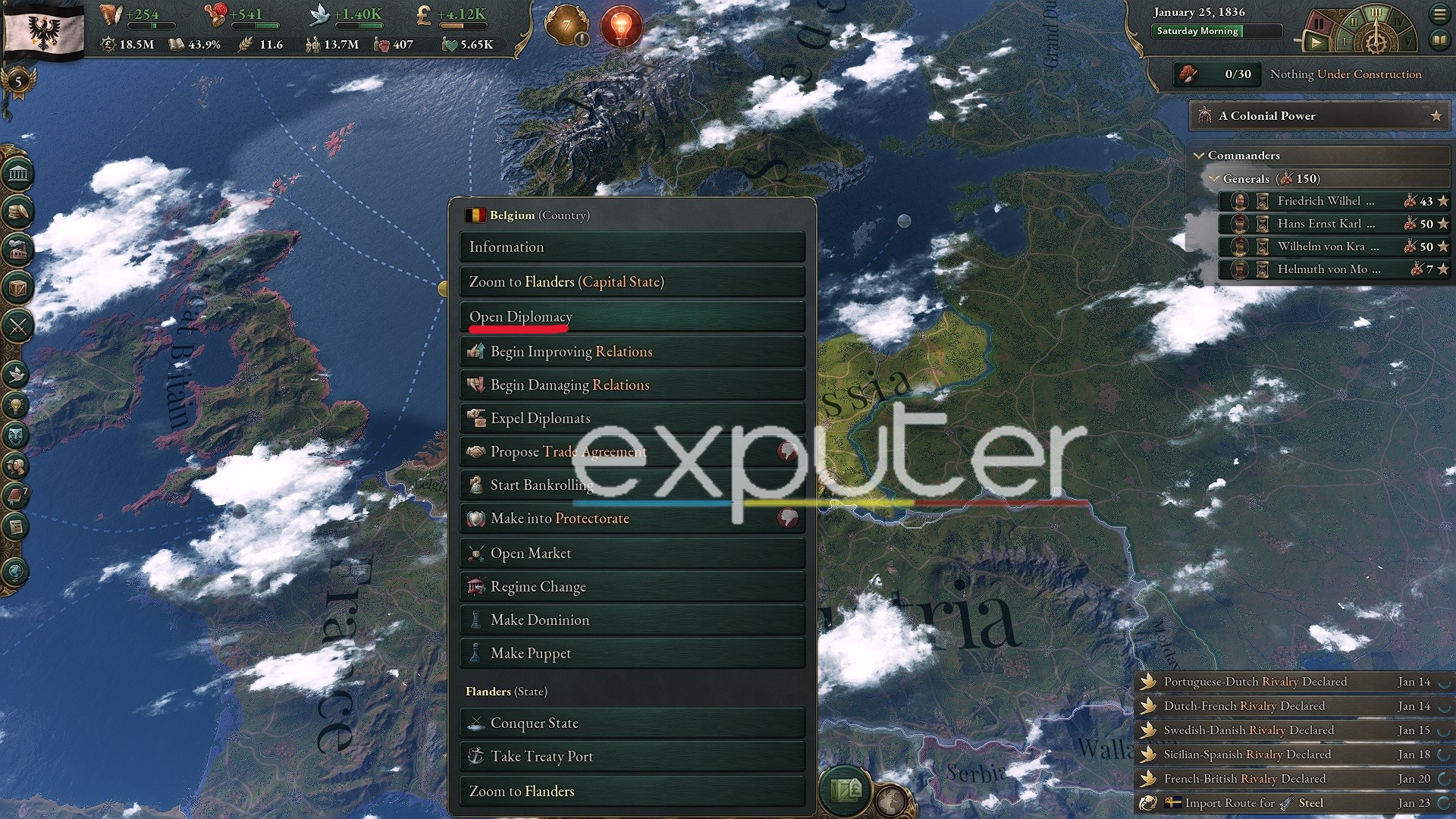
Consider the diplomatic play as implementing a force on an empire to get something you want. However, not always a diplomatic play is a confrontational approach. Instead, it can also be peaceful, such as demanding independence.
Diplomatic Action
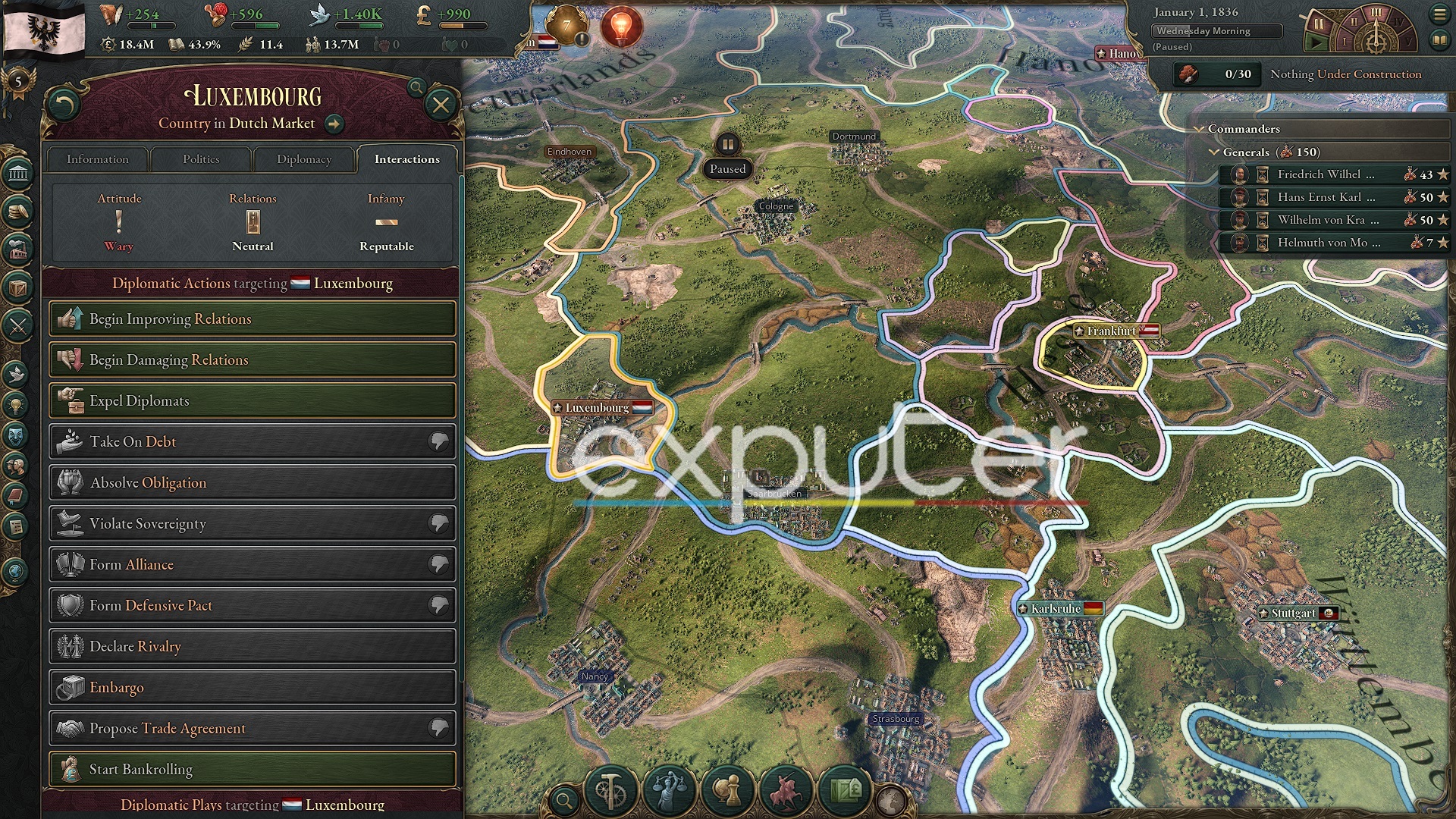
Diplomatic Play
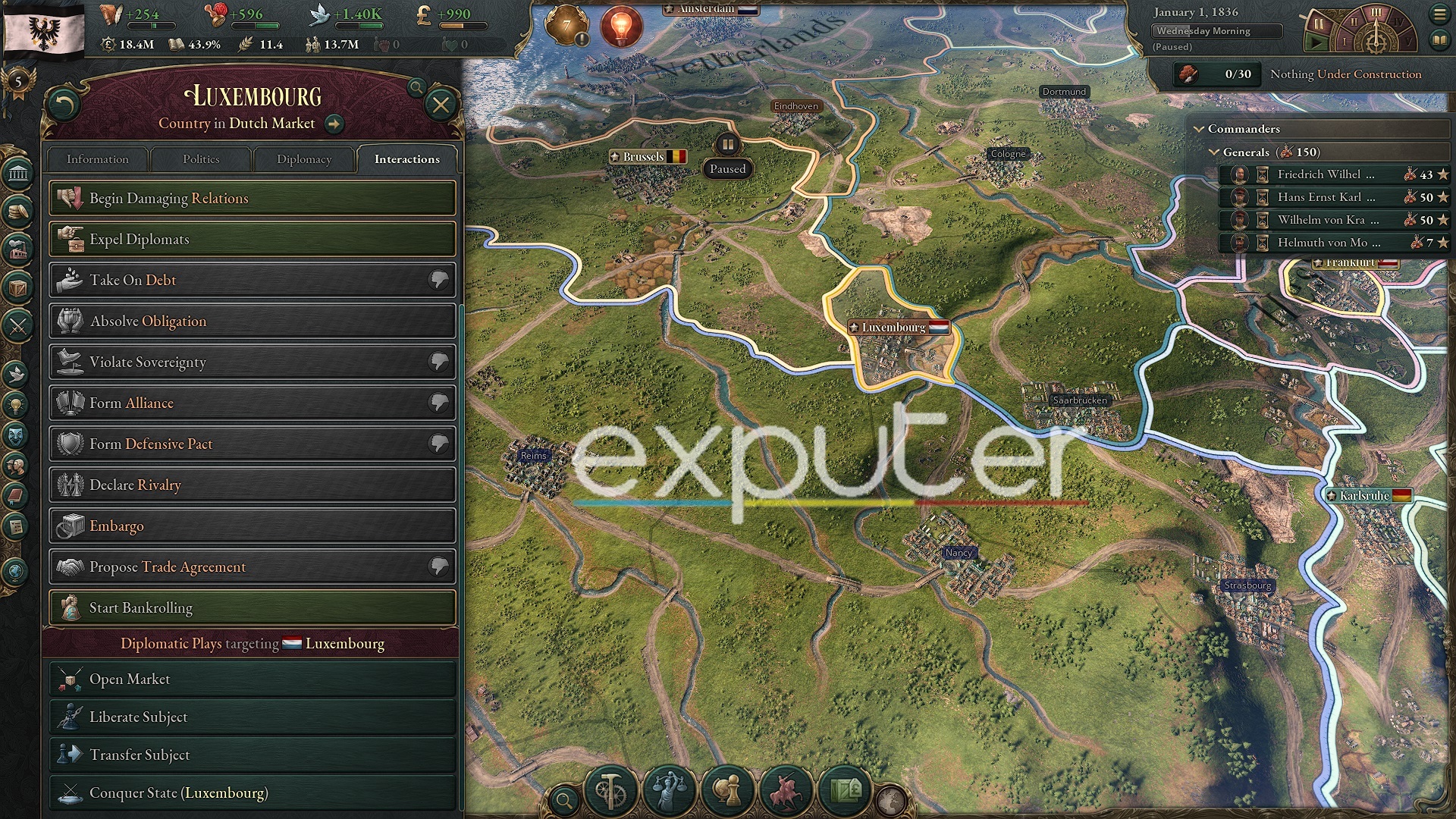
Starting A War In Victoria 3
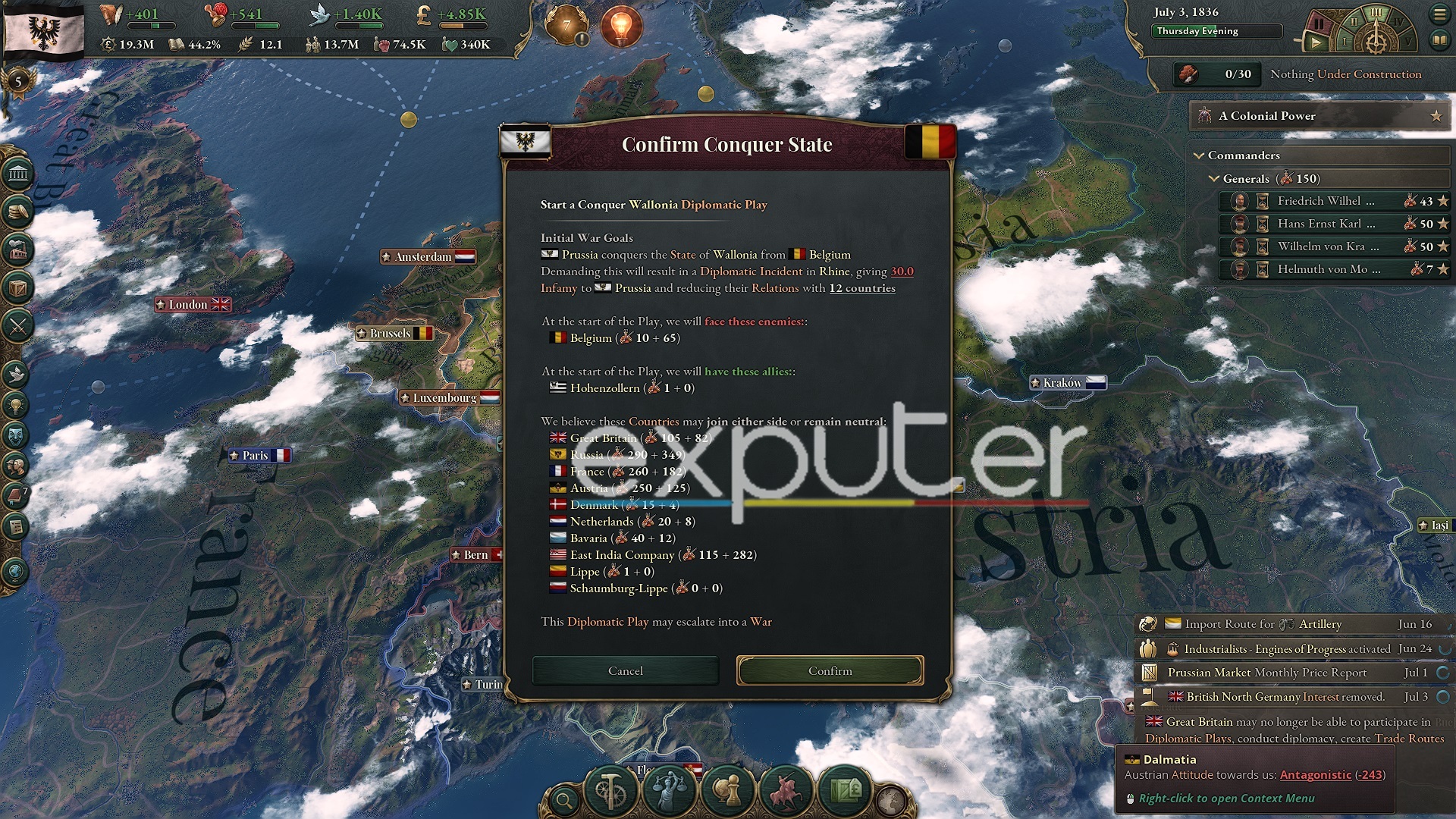
Opening Moves
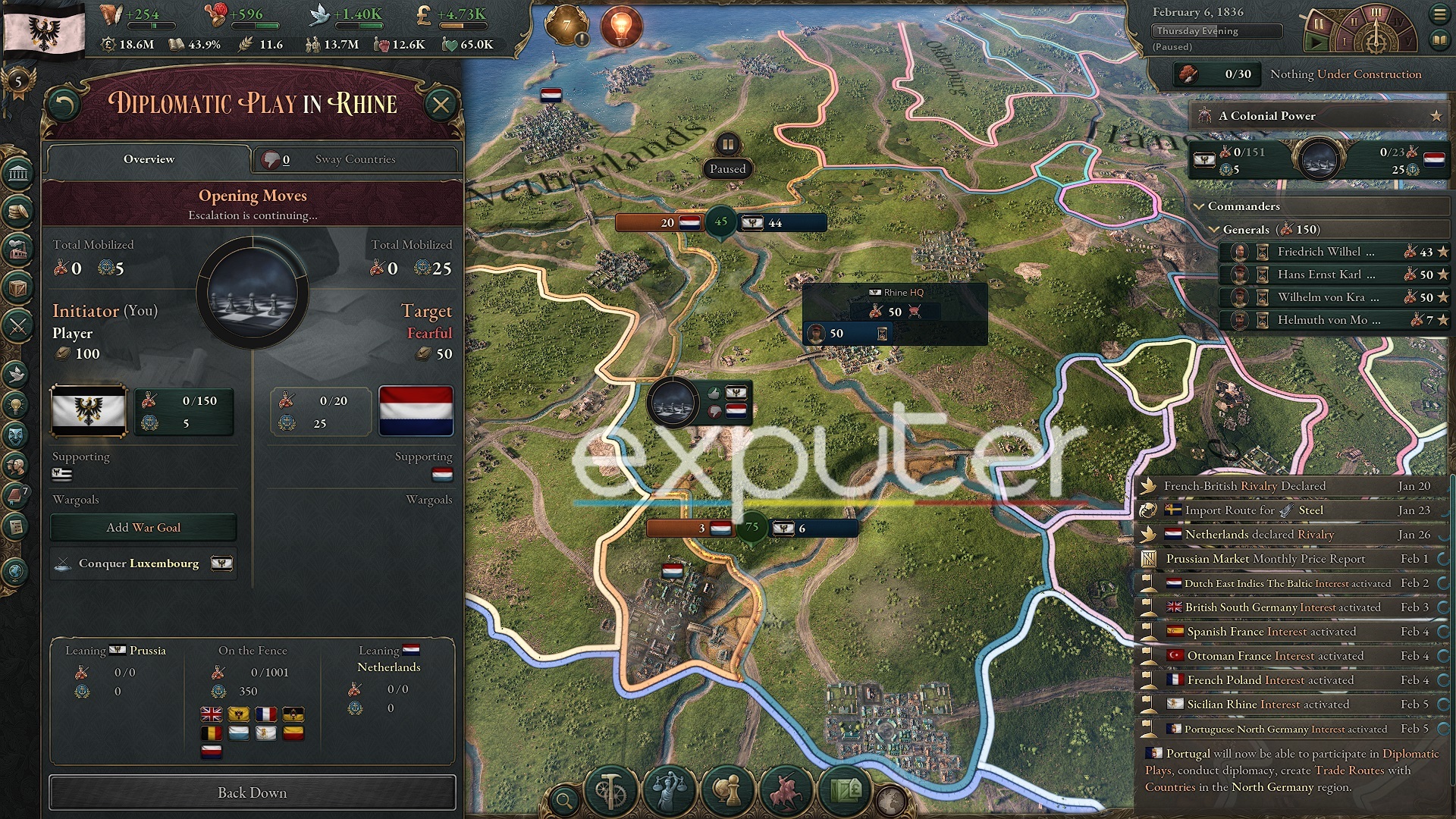
The target nation’s disposition towards the war depends on factors like military strength, gold reserves, and loyalists. It’s important to balance troop placement to avoid territorial losses.
Diplomatic Maneuvers

Remember that no nation will join your side straight away. Each ally will have some aspirations of their own. Nations that have a chance of joining your side can be recognized by a green thumbs up next to them. Clicking on it will show you options you can offer them in exchange for an alliance. The more allies you add, the harder it will be to achieve peace later.
Countdown To War
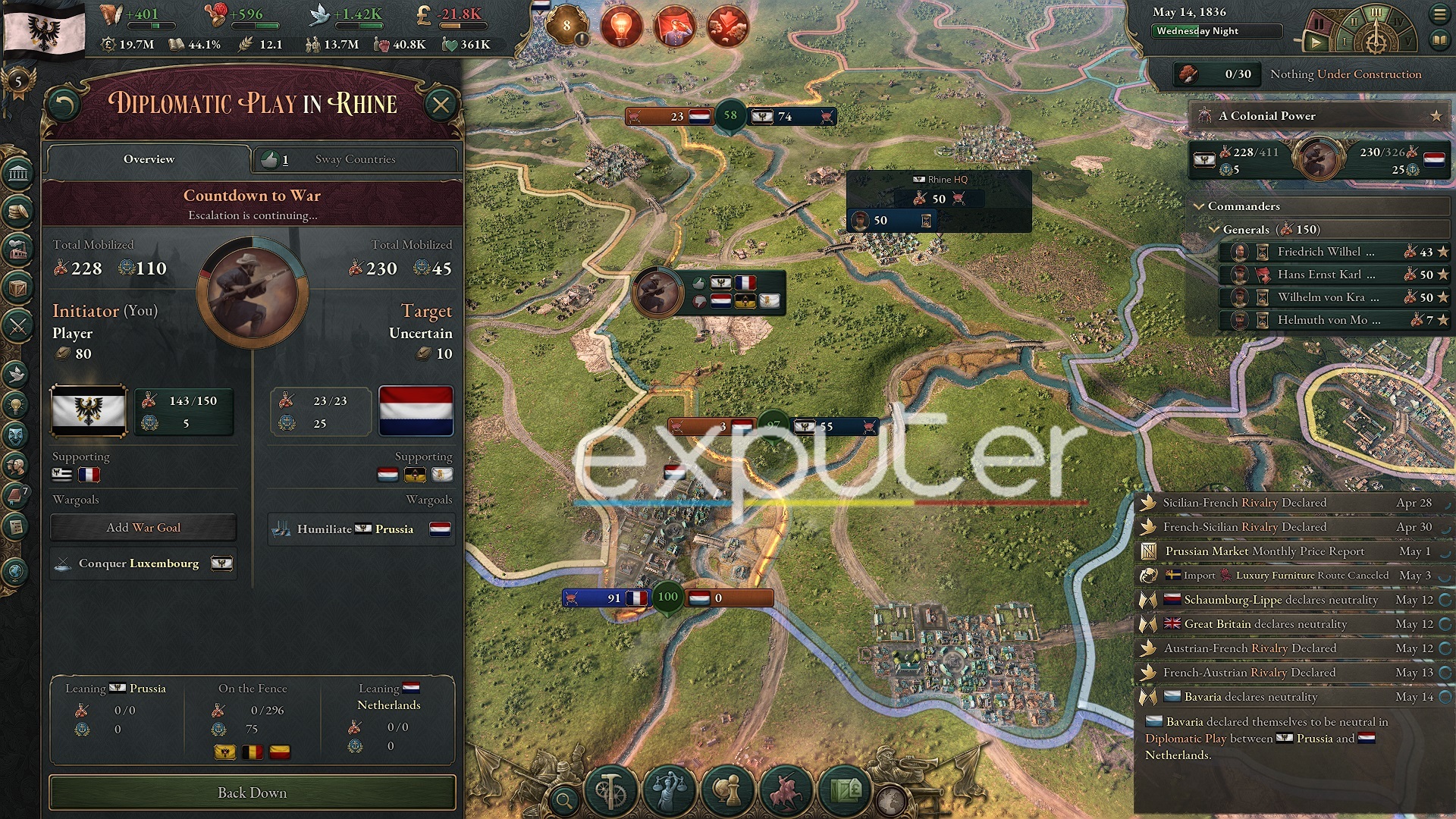
Winning The War
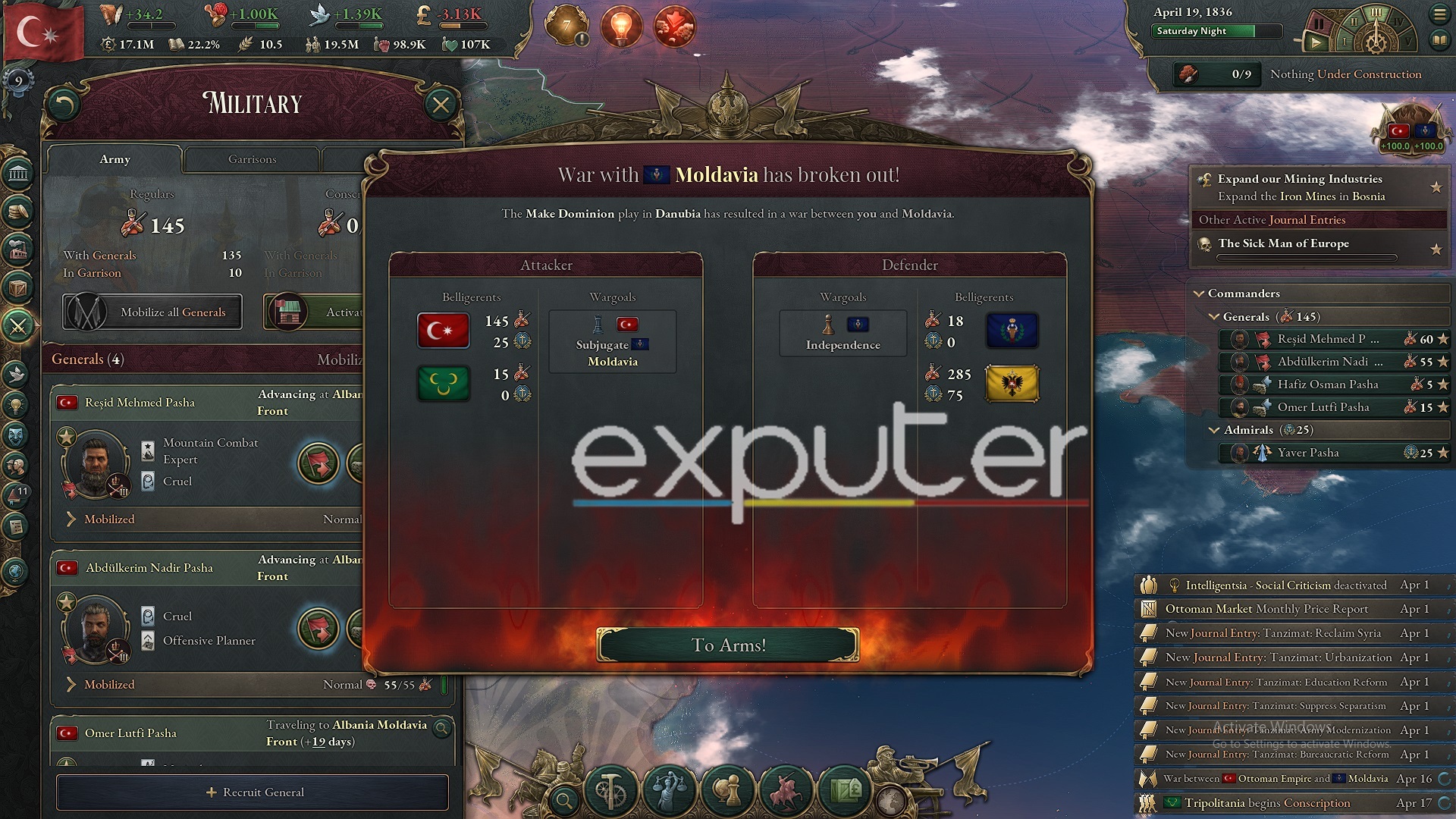
War support changes weekly based on factors like territory occupied, radicalization, casualties, and other events. Facing a larger nation makes lowering their support more challenging.
Blocking supply lines and reducing wealth can help. Wait for their support to drop for your goals or reach -100 to force capitulation. War support rarely exceeds zero, so capturing the enemy’s capital and war goals is key. If your ally’s support is low or gone, consider not giving them their war goals.
Managing Your Army
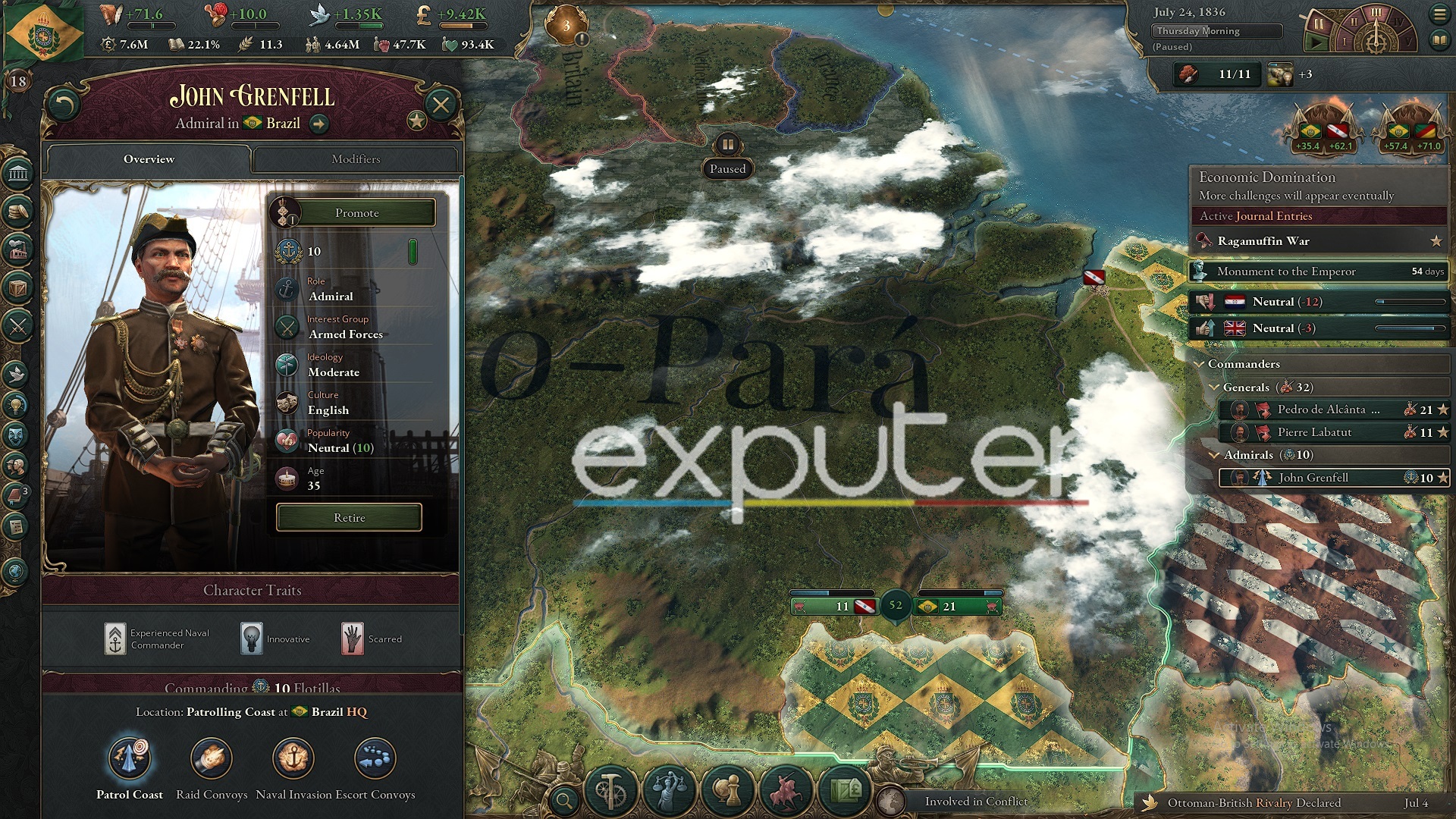
Admirals are needed for flotilla actions, including naval invasions. Flotillas and battalions must share the same HQ for cooperation. Naval Bases and Barracks operate like other buildings, requiring employees and goods. Production changes take time and temporarily debuff your armies but yield battlefield benefits when complete.
- Efficiency in troop killing, morale damage, and training rate are crucial.
- Offense and defense reflect battalion effectiveness.
- Specialize barracks tasks through the military tab for organization.
- Ensure access to necessary goods for naval bases and barracks.
- The treasury covers equipment costs.
- Goods shortages adversely affect army stats and battlefield performance.
- For more troops, use conscription centers to mobilize unprofessional armies. This boosts troop numbers but disrupts the economy as workers abandon jobs, potentially facing greater risks.
- Choose the least productive region for conscription centers to minimize economic impact.
Placing And Supporting Your Army
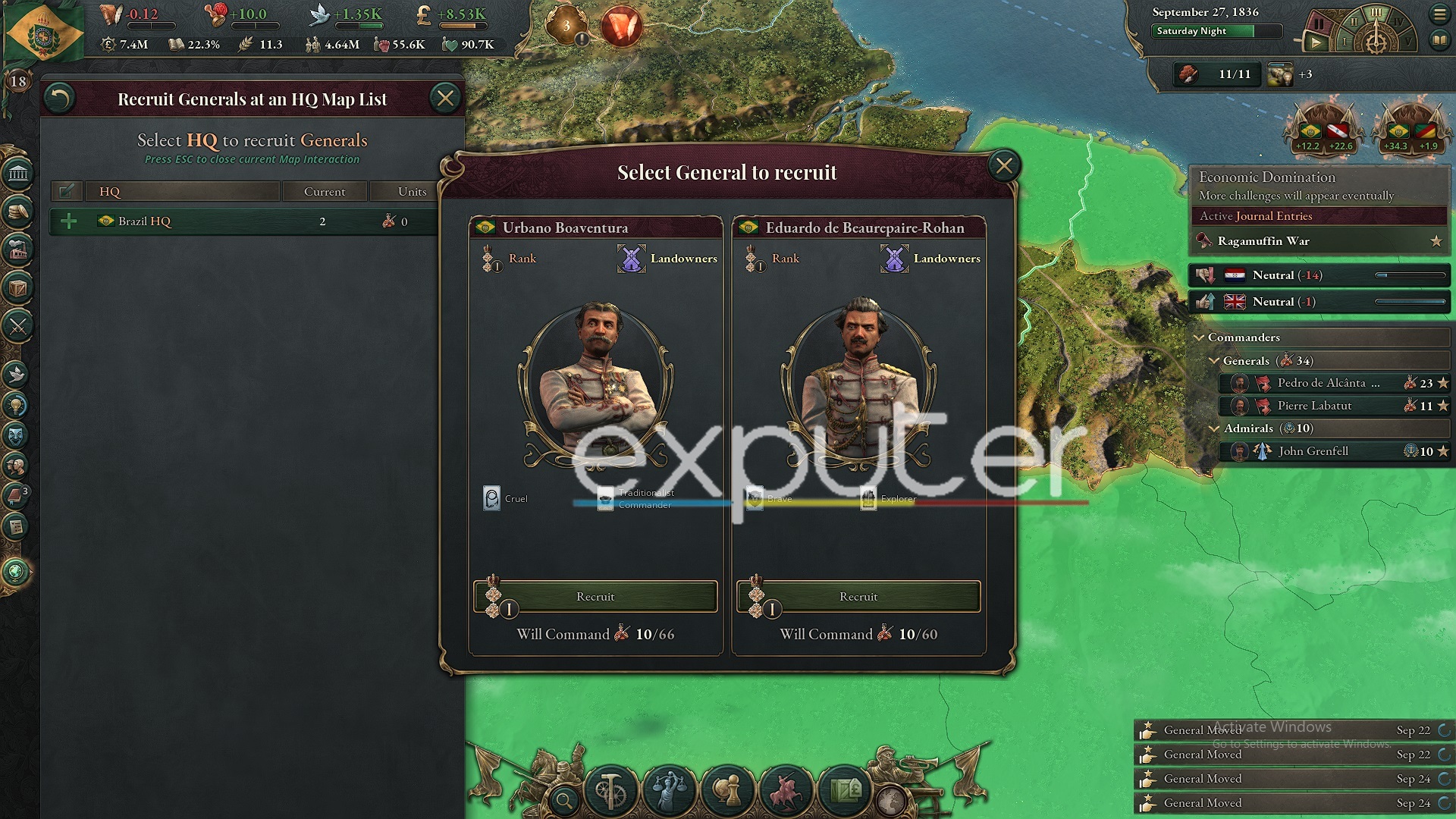
To utilize multiple generals across different areas, you’ll need to relocate them. Arrival time varies, taking weeks or even months, so plan strategically.
Overseas Battles
To launch an overseas attack, seek unoccupied friendly or adjacent enemy territory near your general. Use convoys during or before the war. If no such territory, opt for an amphibious assault post-war declaration. Recruit an admiral and form a flotilla at the same HQ as your general.
Assign a specific General to move with the admiral. You can recruit additional generals if needed, but troops will be limited, and they won’t spawn where required. They’ll march from HQ, taking about fifty days if distant.
The After Effects Of War
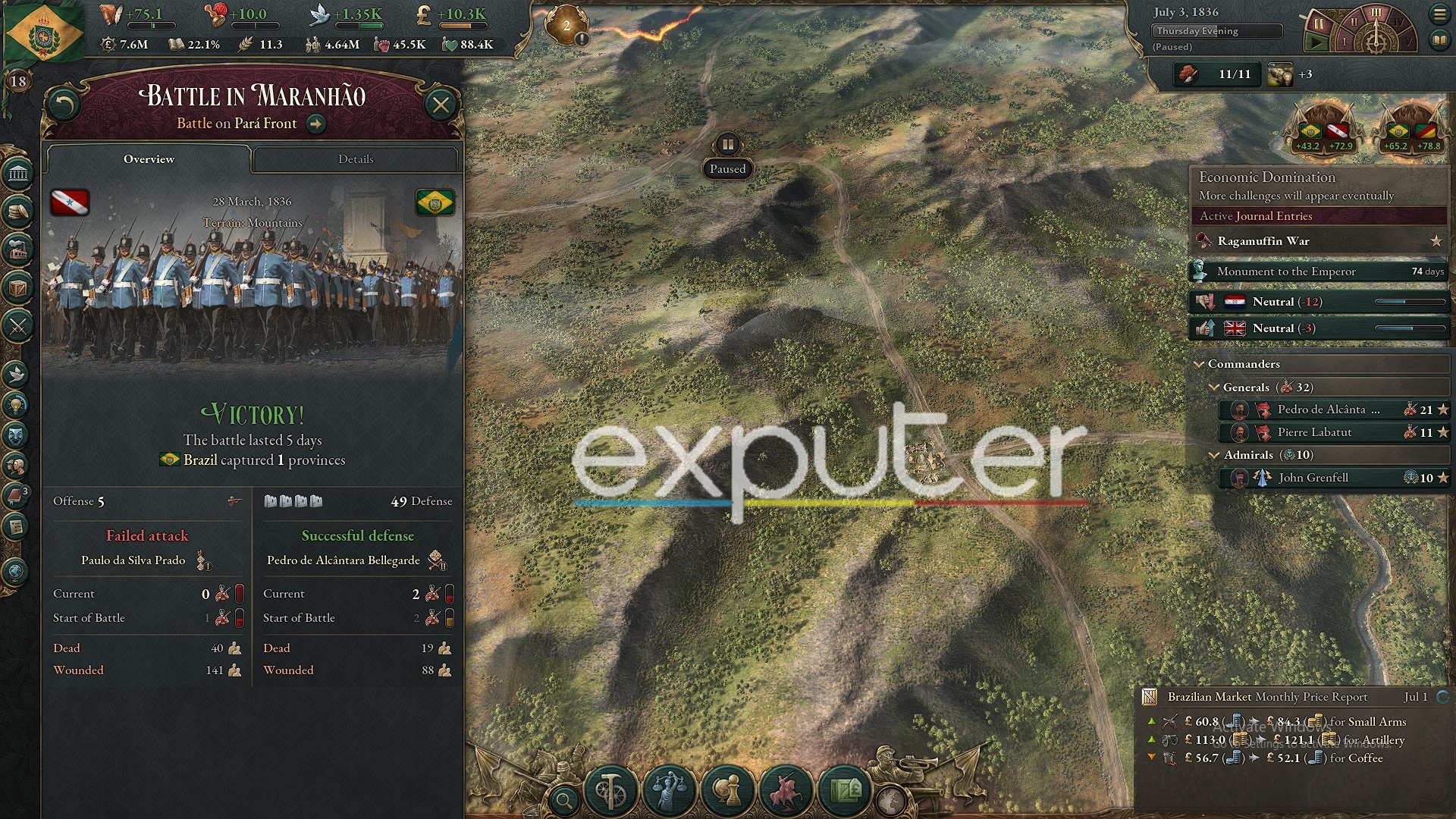
Apart from that, not all troops return from battle, so focus on barracks, hire more workers, and allocate resources. Injured soldiers work less efficiently, requiring more resources.
You should think deeply before getting on how to win a war in Victoria 3 since many things are interconnected in it. The inefficient work will reduce the standard of living, and so it will also cause radicalization. Apart from that, you should also expect a decrease in infrastructure and migration attraction.
War significantly impacts the nation’s economy, leading to poverty and emigration. These challenges apply when facing strong nations or allies, emphasizing the importance of a clear war purpose. Winning a war can provide land for production, boost GDP, attract people, improve global ranking, and enhance military power.
To keep the damages at a minimum, you must ensure your allies are strong. Moreover, you do not need to put in all your troops to get land, which is not worth much. Before thinking about how to win a war in Victoria 3, so ensure that your borders are secure because the allies of the enemies might attack you from other sides.
Up Next:
Thanks! Do share your feedback with us. ⚡
How can we make this post better? Your help would be appreciated. ✍


